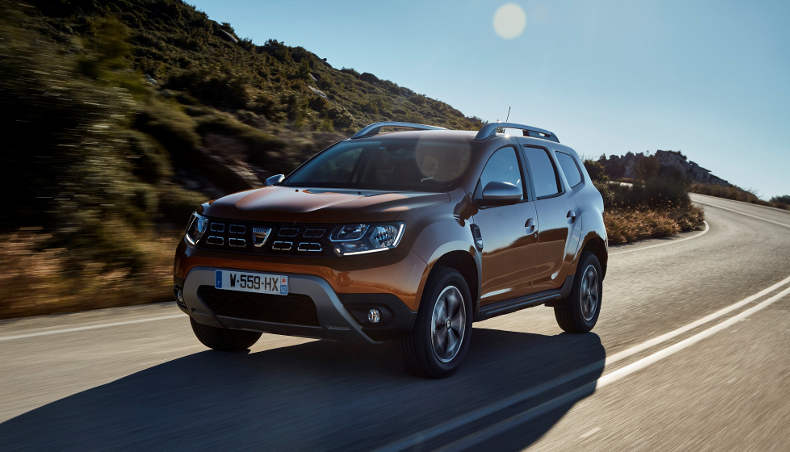
dCi out, Blue dCi in! Groupe Renault is gradually launching its new Blue dCi diesel engines across its ranges, starting with Dacia Duster. The new engines are equipped with selective catalytic reduction (SCR) emission control technology using a urea-based solution called AdBlue. How does the technology work? What does it change for motorists? Read on to find out more.
Groupe Renault is modernizing its diesel engines with an SCR system considered as the most effective nitrogen oxide (NOx) post-treatment solution. The technology reduces the pollutant emissions of engines with absolutely no impact on performance! As Groupe Renault is using a urea-based solution called AdBlue, it is changing the name of the diesel engines in question to Blue dCi.
Already rolled out on Groupe Renault light commercial vehicles, SCR technology is now being fitted on the group’s passenger cars, starting in June 2018 with Dacia Duster in two power versions, Blue dCi 95 and Blue dCi 115. The technology will be gradually implemented across all Dacia and Renault ranges in the coming weeks.
How does SCR technology work?
Selective catalytic reduction (SCR) technology “cleans” exhaust gases to reduce NOx emissions and eliminate virtually all fine particles. On diesel engines, the oxidation catalyst located on the exhaust line will now be equipped with this technology, which works with a urea-based liquid solution called AdBlue*. This last transforms NOx into inoffensive nitrogen and water vapor, as shown in the diagram below:

The new SCR emission control system has no impact on engine performance, but requires a slight change in habits, as AdBlue needs to be topped up regularly.
* AdBlue is a trademark of the German Association of the Automotive Industry (VDA).
—
Using a Blue dCi vehicle
The SCR technology on Blue dCi cars changes nothing for the driver. But they will have to top up the AdBlue tank when required. As with fuel, several factors affect AdBlue consumption, including vehicle type, engine power, weather conditions and driving style. Also of note, the size of the AdBlue tank varies according to model.
When does the AdBlue tank need to be filled up?
The tank is filled by your dealer when servicing your car. But a message is displayed on the dashboard when 2,400 km of AdBlue remains in the tank, informing drivers that they need to fill it up.
Can I fill up the AdBlue tank myself?
Yes, you certainly can. But be aware that the SCR system was designed for use with a liquid compliant with the ISO 22241 standard.
Where can I buy AdBlue?
AdBlue is available in bottles and jerrycans and at pumps at service stations and at your local dealership and car centers.
Where does the AdBlue go?
In the special AdBlue tank, next to the fuel tank or behind an additional flap.
Is AdBlue a hazardous liquid?
Not at all! AdBlue is a non-toxic and non-inflammable liquid composed 32.5% of diluted urea and 67.5% of ionized water. If you get it on your skin or clothes, simply wash with water.
